FAQs
-
Solo is a highly focussed practice App for developing your note finding and fretboard visualization skills.
-
We’ve designed Solo as the ultimate practice App for working solely on the harmonic aspects of fretboard visualisation: note finding, interval shapes, outlining chord changes, scales and ear training.
As such, Solo puts aside the rhythmic and time based elements of improvisation, allowing you to work at your own pace and concentrate only on finding and hearing the notes on screen.
Solo doesn’t give you tons of large, multi-octave fingerings, diagrams or positions to mindlessly memorise. As with the ‘Teach a man to fish vs give a man a fish’ proverb, Solo doesn’t spoon feed you information, it helps you practice the tools required to truly understand the fretboard.
Solo is not designed to work on a particular style of music or teach stylistic vocabulary and the skills you gain by practicing with it can be applied to any musical genre or situation.
-
If you want to learn more about intervallic functions and why they’re so fantastic for improvisation, we have a great video for you to check out.
-
You can find intervallic functions using any traditional visualization system such as the CAGED or Three Note Per String systems, but THE most efficient and powerful way to locate them is via ‘The Two-Point System.’
We’ve put an incredible video course together called Ultimate Fretboard Visualization teaching you the power of The Two-Point System with a fully structured guide to practicing it with the Solo App - in our opinion this is the most comprehensive fretboard visualization course ever created.
You can check out the course here and learn the exact way that we visualise the fretboard ourselves.
-
We recommend a basic understanding of the musical alphabet, half steps and whole steps, octaves and the basic major scale.
-
Solo was designed by guitar players as a powerful practice tool for visualizing the fretboard; however, Solo works with any concert pitched and Bb or Eb transposing instruments, including your voice.
-
Yes!
You can now add/edit Custom Chord Progressions by purchasing the pro upgrade feature via an in-app purchase.
You can try the editing feature to see how the process works, then to load and use your progressions in a workout, just complete the in-app purchase.
Go to Settings > Buy Custom Chord Progressions
-
The entire point of the Solo App is to think in generic numbers and not specific note names (other than the root note). Since thinking in specific note names is the antithesis of our philosophical goals with Solo we do not include them.
-
You can find the older legacy lessons from Solo v1 in a YouTube playlist here. Some features used or described in these videos may have changed/not be relevant to the current shipping version.
-
You can find the original interval diagrams from the Solo v1 PDF here.
-
We’ve programmed Solo with all the knowledge behind the scenes to understand jazz and popular music harmony. Since Solo’s decisions are based on our own harmonic and improvisational approaches, you may occasionally see something that you might disagree with or would play differently.
Rest assured that we’ve worked hard to make sure everything is harmonically acceptable and Solo isn’t asking you to play something that wouldn’t work in the real world.
Custom Chord Progressions FAQ
-
DeScale selection allows you to choose a specific harmonic function for each chord you enter into a custom chord progression. For example, if you enter a m7 chord you can choose to give this the harmonic function of a IIm with the default Dorian scale, a IIIm function by selecting the Phrygian scale, or a VIm function by choosing the Aeolian scale. This is an advanced feature that requires some knowledge of jazz harmony, but Solo will automatically select the most common scale choice for each chord type, ensuring you always get the ‘correct’ chord tones. You can then tailor the selection to achieve specific harmonic results for your needs.
-
In order to make chord entry as intuitive as possible and prevent users from entering chords that are either incorrect or cannot be understood by Solo, we created a custom designed keyboard that guides users through the chord entry process. The keyboard always shows you every possible combination of key presses to create valid chord types in the app, rather than leaving you guessing and creating errors.
We’ve done our best to include every common chord type (and many more esoteric ones) that occur in most genres of music, however, there may be a small number of uncommon chord types that you can’t enter into the app or may need to enter in a different way.
-
At this time, Solo supports slash chords with a major or minor triad as the upper structure and a separate bass note such as A/G or Bm/F#. We haven’t yet added support for complex slash chords such as polychords or 4/5 note upper structures because of the complexities and problems that such chords present from a programming perspective. For a chord such as Amaj7#11/G# you can achieve the same harmonic result in Solo by simply adding the chord A/G#.
-
You absolutely can! Simply swipe from right to left across the song name whilst in the ’Select a Chord Progression’ screen and choose the export function. You can now share your custom chord progression in the usual manner, using Airdrop, email or any messaging app.
